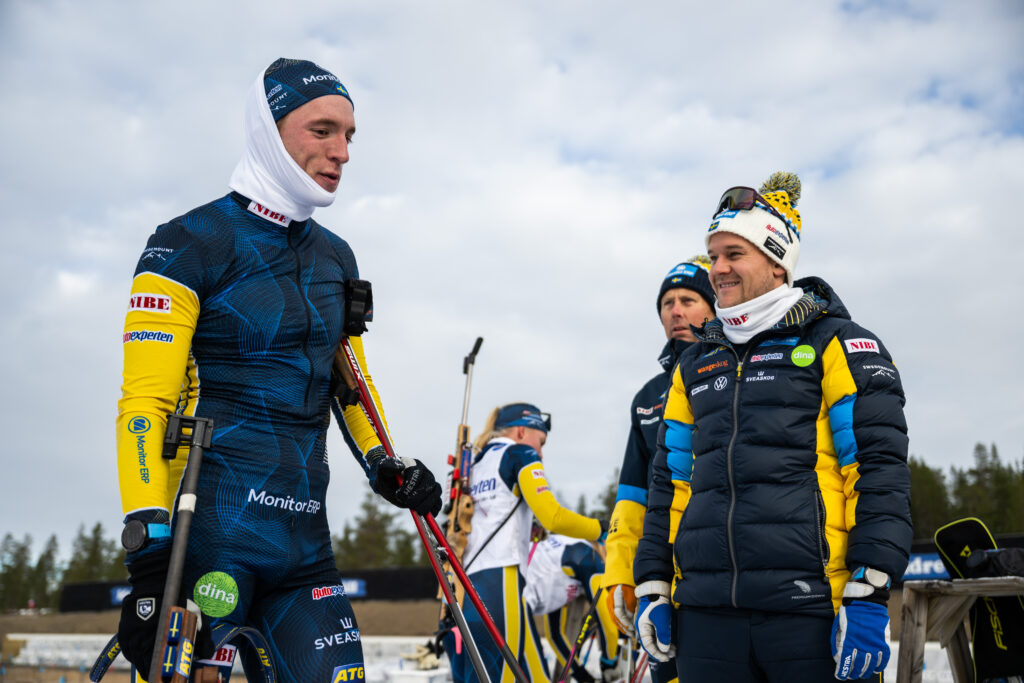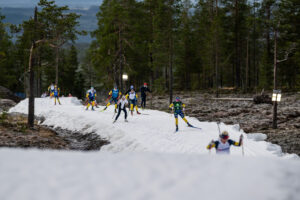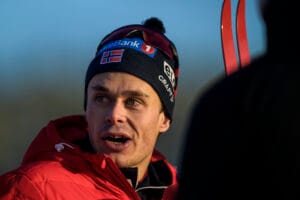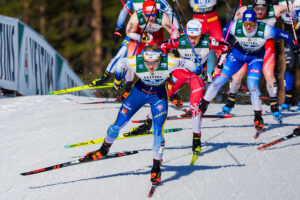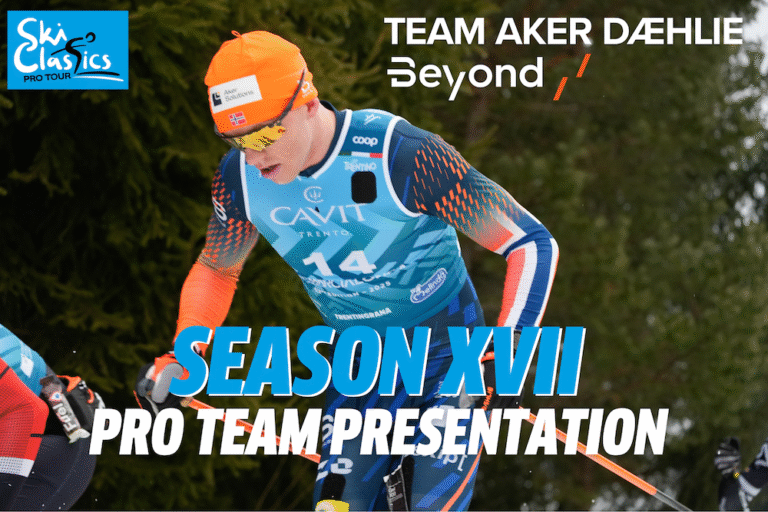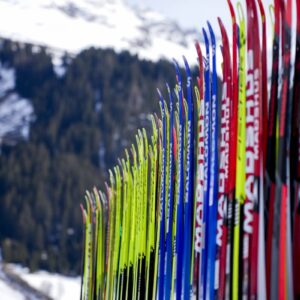Swedish stars have joined the trend: “That’s when things can go wrong too”
Heat training is the latest big trend among Swedish national team stars — but it doesn’t come without risks.
Heat training has recently become one of the hottest topics in the world of skiing and biathlon. Most members of the Swedish biathlon national team have now adopted the practice, hoping it will give them an edge ahead of the Milano-Cortina Olympics next winter.
The goal is to raise body temperature and sweat as much as possible. The theory behind heat training is that these sessions can have a similar effect on blood values as altitude training, without the need to travel to high altitudes.
Positive feedback
Several of Sweden’s biathlon stars have now started incorporating heat training. Sebastian Samuelsson is among those who have seen positive results.
“It’s very special. I sweat three to four liters in one afternoon — that’s a lot. You have to be careful to restore what you lose. It has worked well, and you get used to it too. I’ve had very good feedback,” says Sebastian Samuelsson to Östersunds-Posten.
Elvira Öberg has noticed another benefit — acclimatization to altitude has become much faster.
“I feel like my experiences at high altitude have improved since I started doing it. Acclimatization, which used to take me a long time, has gone faster, which is very interesting,” Elvira Öberg told Östersunds-Posten.
Also Read: “The progress I made was just insane”
“The immune system is weakened”
Elvira Öberg revealed that her body temperature has reached as high as 39°C during heat sessions. But immediately after training, athletes must be cautious.
“The immune system is weakened for the next few hours after a session. You probably shouldn’t go shopping at rush hour right after. It’s a special feeling, but I’m positive about it — though it’s far from the most enjoyable session of the week,” she says.
“I’ve had 39 degrees at most — it’s not pleasant. It’s been quite special. It gets very hot. Of course, it’s tough, and I’ve felt sick during some sessions, but it’s not too bad.”
“Not something for juniors or amateurs”
National team coach Johannes Lukas says that none of the athletes have gotten worse from heat training — but it’s also the first session to be cut if someone feels fatigued.
“It’s not a type of training you can just throw in and experiment with. That’s when things can go wrong, too. You can absolutely push your body too far. We’re training close to the fever limit, and if you go beyond that, it can have negative effects. It’s not just about putting on warm clothes and going for it — it requires a clear plan.”
Lukas wouldn’t recommend heat training for juniors or recreational skiers, emphasizing that it’s a method reserved for those chasing the final few performance percentages at the world-class level.
“No, absolutely not. There are many other things — especially consistency in regular training — that I would recommend first. This is not something for juniors or amateurs. It’s for athletes who have trained for many years and reached a very advanced level in their development,” he concludes.
Are you interested in training for biathlon, long-distance, and traditional cross-country skiing? Click HERE and read more about it.
